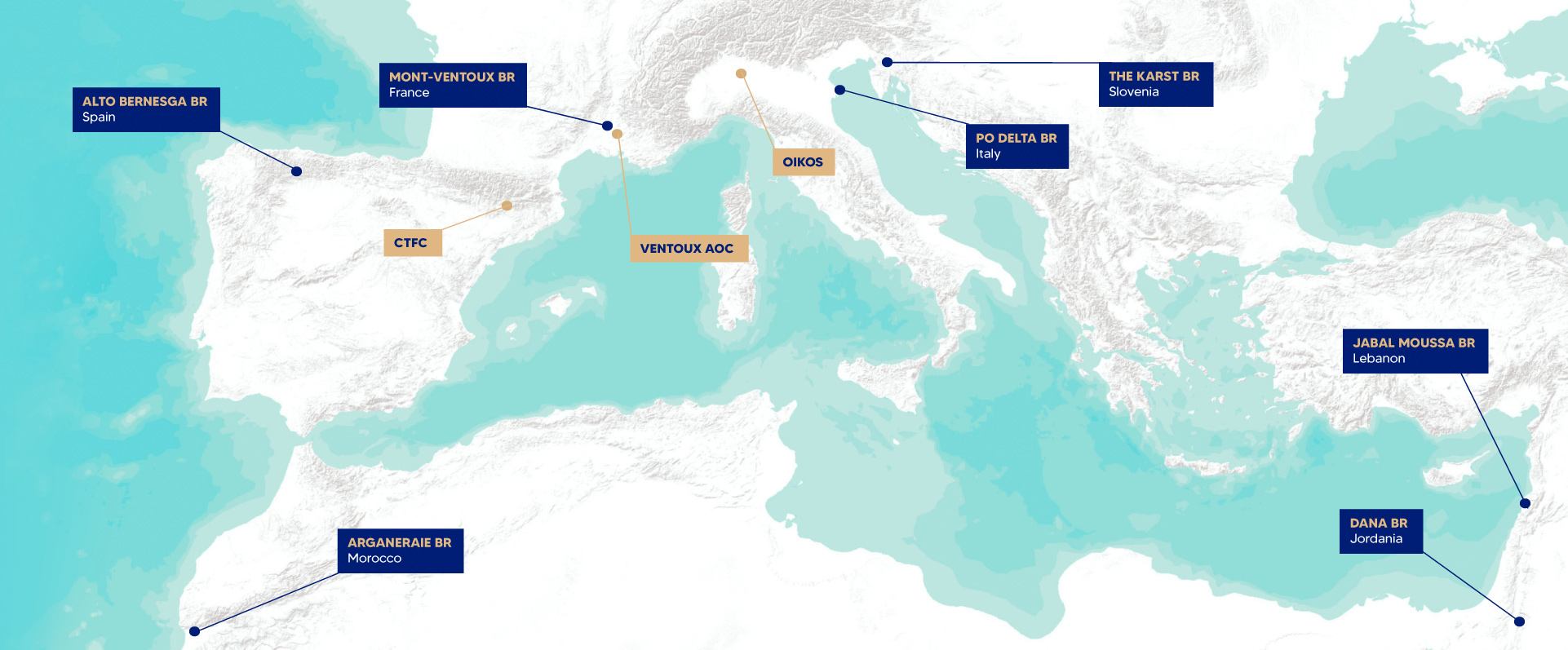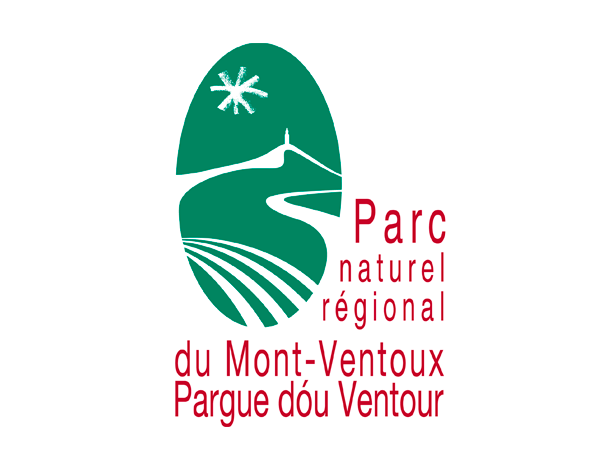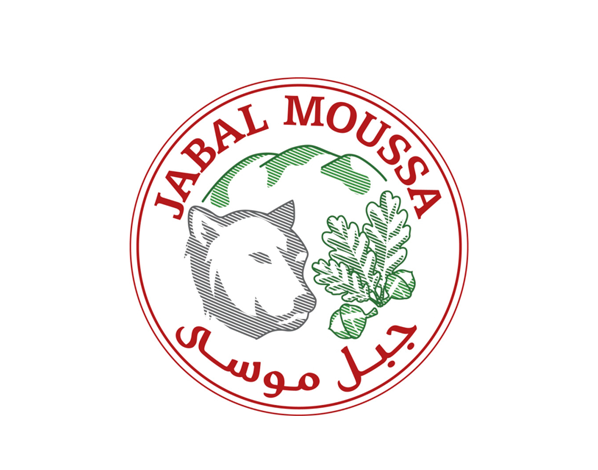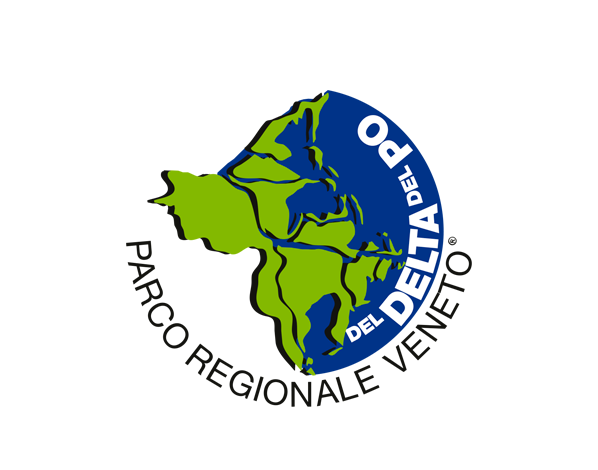

The Forest Science and Technology Centre of Catalonia is a public research centre affiliated with the Generalitat de Catalunya. The CTFC aims to contribute to science in the fields of sustainable forest management, biodiversity, and circular bioeconomy. Its research is organized around three programs: multifunctional forest management; landscape dynamics and biodiversity; and governance, health, and bioeconomy. The research carried out within these programs is focused on environmental function equilibrium, climate change adaptation, or competitiveness along value chains.

FRB Alto Bernesga
The Alto Bernesga Biosphere Reserve was declared in 2005 by UNESCO. Its foundation’s purposes are cultural, ethnographic, environmental and the promotion of sustainable socioeconomic development. It also encourages and boost the promotion and management of the ALTO BERNESGA Biosphere Reserve, according to the principles emanating from UNESCO’s MaB “Man and Biosphere” program and, in a very notable way, the socioeconomic development of ALTO BERNESGA. Promote and cooperate in the education and training of people who live in rural mountain environments and in carrying out studies, research, activities and action projects focusing on the sustainable and integrated use of natural, biotic or abiotic resources .

PNR Mont-Ventoux
Mont Ventoux Biosphere Reserve (BR), designated by UNESCO in 1990, is supported by a public structure (Mont-Ventoux regional nature park). It brings together 37 communes and local authorities which sets out the objective of conserving the natural environment and developing human activities. With a surface of 000 90 hectares, we want to develop an holistic system. This means that we must work with local stakeholders to build a global approach that takes into account all the effects of climate change

ODG AOC Ventoux
The Organisme de Défense et de Gestion de l’AOC Ventoux has a public-interest mission to preserve and promote the terroirs, traditions, know-how and products derived from them. The AOC was created in 1973, it draws up the specifications for Ventoux wines and ensures that they are followed by its operators. It covers 5600 ha in the Vaucluse region, including the Mount Ventoux and Luberon regional natural parks. Since 2021, its missions have also been part of its Raison d’être, “United to share, protect and cultivate the summit of the living” ; which aims for the harmonious and sustainable development of winegrowing within its territory. The objectives of the project focus on climate change, adaptation and mitigation, to ensure the sustainability of the practice in landscapes.

APJM
The Association for the Protection of Jabal Moussa (APJM) is a not-for-profit, non-governmental organization founded in 2007 by a group of nature enthusiasts determined to safeguard the rich biodiversity and cultural heritage of Jabal Moussa mountain in Mount Lebanon. Initially mobilized to prevent the construction of a road that threatened the heart of the mountain, APJM has since been highly inspired by the Man and Biosphere Program following the designation of Jabal Moussa as a UNESCO Biosphere Reserve in 2009.
As a result of 15 years of dedicated work, Jabal Moussa has been transformed from a threatened mountain into a thriving protected area and acclaimed ecotourism destination, recognized as a Global Important Bird Area, an Important Plant Area, and a Key Biodiversity Area. APJM’s efforts have focused on local development, archaeological and ecological research, site restoration, the acquisition of new levels of legal protection, capacity-building within local communities, and the promotion of the site’s values.

The Royal Society for the Conservation of Nature The Royal Society for the Conservation of Nature (RSCN) is an independent national organization devoted to the conservation of Jordan’s natural resources. RSCN was established in 1966 with His Majesty the late King Hussein as the Honorary President. RSCN has been given the responsibility by the government to care for and protect the Kingdom’s biodiversity. RSCN has gained a wide global fame for its pioneering work in integrating nature conservation programmes with socio-economic development.

The Po River is the longest river in Italy. It crosses four regions: Piedmont, Lombardy, Emilia Romagna, and Veneto, flowing into the Adriatic Sea in a delta shape. Today, the Po Delta represents the easternmost part of the Po Valley and is the result of the interactions among river, sea, land, and human activity.
Po Delta is the largest wetland in Italy and one of the largest in Europe. It is the result of the river’s action, which during centuries has sedimented at its mouth, leading to the progressive advancement of the coastline while alongside the work of the local community –which modified the water course– created a complex lagoon system. Such processes have led to strong genetic species and a richly diverse ecosystem. The Po Delta is a paradise for birds, fishes and molluscs, as well as for the human activities which make the Po Delta famous for its strong traditions.
The Po Delta Biosphere Reserve, managed by the Delta Po Veneto Park, aims for sustainable development which is closely linked to nature, this includes the evaluation of ecosystem services and the production of renewable energy. The Po Delta Biosphere Reserve, also hopes to promote environmental certification for products, territory and slow tourism as a way of life, as well as encouraging tourism and specific activities, recognized to be of great importance to biodiversity, such as lagoon fish farming and rice cultivation.

ANDZOA
ANDZOA The National Agency for the Development of Oasis and Argan Zones (ANDZOA) is committed to building a sustainable and prosperous future for the regions within the Oasis and Argan Biospheres. Established in 2010 under the guidance of His Majesty King Mohammed VI, ANDZOA has gained a reputation for excellence in preserving and developing these unique ecosystems. Despite facing challenges such as climate change, fragile economies, and limited infrastructure, ANDZOA focuses on three strategic pillars: enhancing climate resilience, improving social well-being, and diversifying the local economy. These efforts are aimed at fostering the resilience of oasis and argan ecosystems, promoting sustainable agricultural practices, protecting water resources, and enhancing biodiversity.

The Škocjan Caves remain the only monument in Slovenia and the Classical Karst region on UNESCO’s list of natural and cultural world heritage sites. Constant speleological research, cave climate and water monitoring contribute to the preservation of the exceptional natural heritage in the Škocjan Caves Park area and promote the safeguarding of vulnerable cave ecosystems. The Karst Biosphere Reserve is not only significant for its biodiversity and rare plant and animal species; there are also numerous tight connections between the surface and the underground, between, between soil and water and between all living beings, which have found their real home there.

Oikos is a non-profit organization that operates in Europe and in the South of the world to safeguard biodiversity. It promotes a responsible management of natural resources and the widespread adoption of more sustainable lifestyles as tools for social and economic development and for fighting poverty. Oikos works to protect key areas for biodiversity, preserving and enhancing natural environments, key resources for the well-being of present and future generations. In order to achieve its goals, Oikos teams up with scientists, technicians and experts. It maintains a continuous dialogue with academics and research centers in order to fuel its competencies and ensure that its interventions are based on sound scientific knowledge and on rigorous analysis of environmental data.